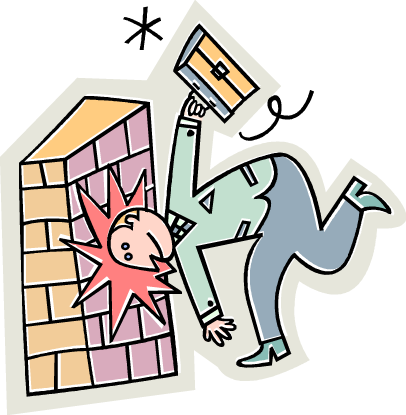Obstacles to Reading

When I was a fifth-grade student,
Some suggest that the obstacles to reading in the classroom today are:
- No Accountability: No one gets fired if
one-third of the kindergarten class does not know their sounds and letters. Nobody loses a promotion or a year of seniority or a salary increase if one-third of thefirst-grade kids can't read at the end of grade one. Teachers are only expected to operate on a "best efforts basis." They do not have to get results. This certainly wouldn’t work in the private sector. In business, if you repeatedly fail, you’re terminated.
- Limited Information: A second obstacle that children face in learning to read is that their teachers and parents are not well informed about effective versus ineffective reading programs. The child gets placed in a reading program that has no consistent measurement for success. The child fails because the program failed. Teachers rarely learn how to teach explicit, systematic phonics instruction. Most colleges and universities do not like these methods despite their continued success. They continue to rely on their beliefs about reading rather than research-based reading intervention programs. Teachers are not taught the methods and therefore cannot implement them placing another reading obstacle in front of the at-risk student.
- Labeling: Children are too quickly labeled as “learning-disabled" and
then are not expected to succeedin normal standards. Many suggest that school districts are taking the easy way out instead of implementing better phonics-based reading programs with a proven track record. Labeling the student places the problem firmly inside the child's head and allows teachers, administrators, and parents to avoid the responsibility to teach them well.
I know that there are many amazing, invested teachers like Mrs. Pezzapone. I also know that many of them do not have the tools they need to help our children succeed at school. How unfair and unrealistic. We are asking our teachers to do a job and then we withhold the means for reaching the goal. This does not always translate into throwing more money at education—it does mean that we need to give our educators structured literacy methods, programs, materials, and ongoing training available.
Tell us what you think. What do you need in your classroom to effectively teach and remove the obstacles to reading?